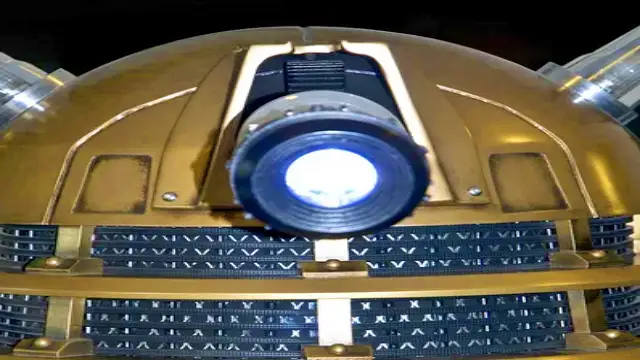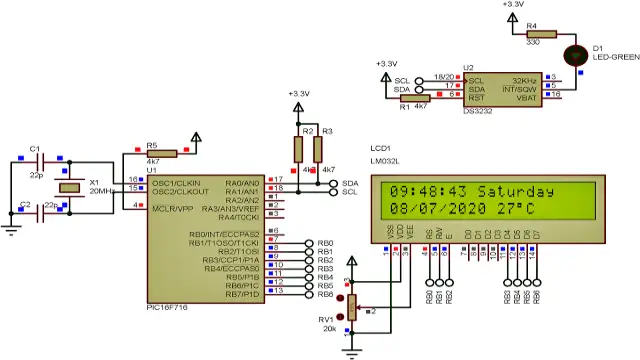Nature-Inspired Drones: The Next Generation
The animal realm may hold the secret to creating the next iteration of drones.
Key Points
According to Nature, engineers are investigating the multidisciplinary topic of biomimetics, which combines engineering, chemistry, and biological principles.
These ideas are used in the creation of materials, synthetic systems, or artificial devices that perform tasks like those of biological processes.
The basic premise is that natural patterns and methods may be imitated to find sustainable answers to problems that mankind is now facing.
The analysis of how cicada wings may repel water has resulted in certain applications, including the possible development of novel artificial surfaces with self-cleaning or anti-fogging properties.
Insects’ compound eyes, which can enable them perceive a different spectrum of light than humans, or a bird’s ability to comfortably sit on a ledge might be imitated to develop robots that are more nimble and require less upkeep when deployed on reconnaissance missions.
Some of the advancements based on nature that are being worked on in labs all across the world were recognised by R&D Magazine.
BAT robo
Engineers and scientists may discover a variety of characteristics in bats to be excellent for upcoming robotics projects. The animals’ intricate wing movements provide considerable technological obstacles for duplicating what is thought to be the most advanced powered flying system in the animal kingdom.
However, a group of scientists from the University of Illinois at Urbana-Champaign and the California Institute of Technology may have discovered a way around that challenge and earlier this year unveiled the “Bat Bot.”
This mechanical design mimics its physical equivalent. It has a wingspan of around one foot and weighs 93 grammes. To mimic the malleability of typical bat wings, an ultra-thin silicone-based membrane was created specifically for this purpose.
The design of the flying mechanism, according to the researchers, includes a variety of joints that connect the bones and muscles to create a musculoskeletal system that can move in more than 40 rotating orientations.
When the robot starts flapping its wings, the silicone-based membrane fills with air and deforms. The membranes then return to their original form and release air, greatly amplifying the strength of the flap.
According to research co-author Alireza Ramezani, “our work exhibits one of the most sophisticated designs to date of a self-contained flapping-winged aerial robot with bat morphology that is able to undertake autonomous flying.”
The improvement of this design might essentially result in new designs that provide drones better mobility so they can fly over areas with people and other barriers without causing harm or damage.





















